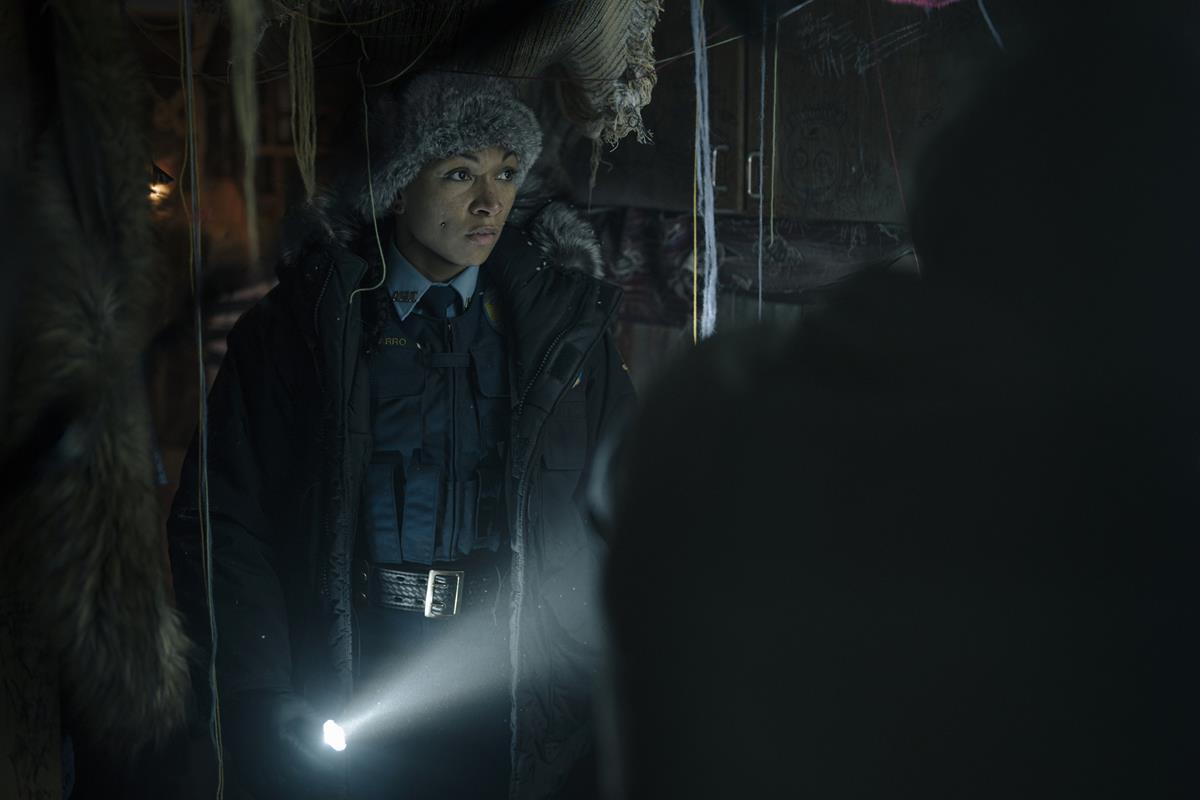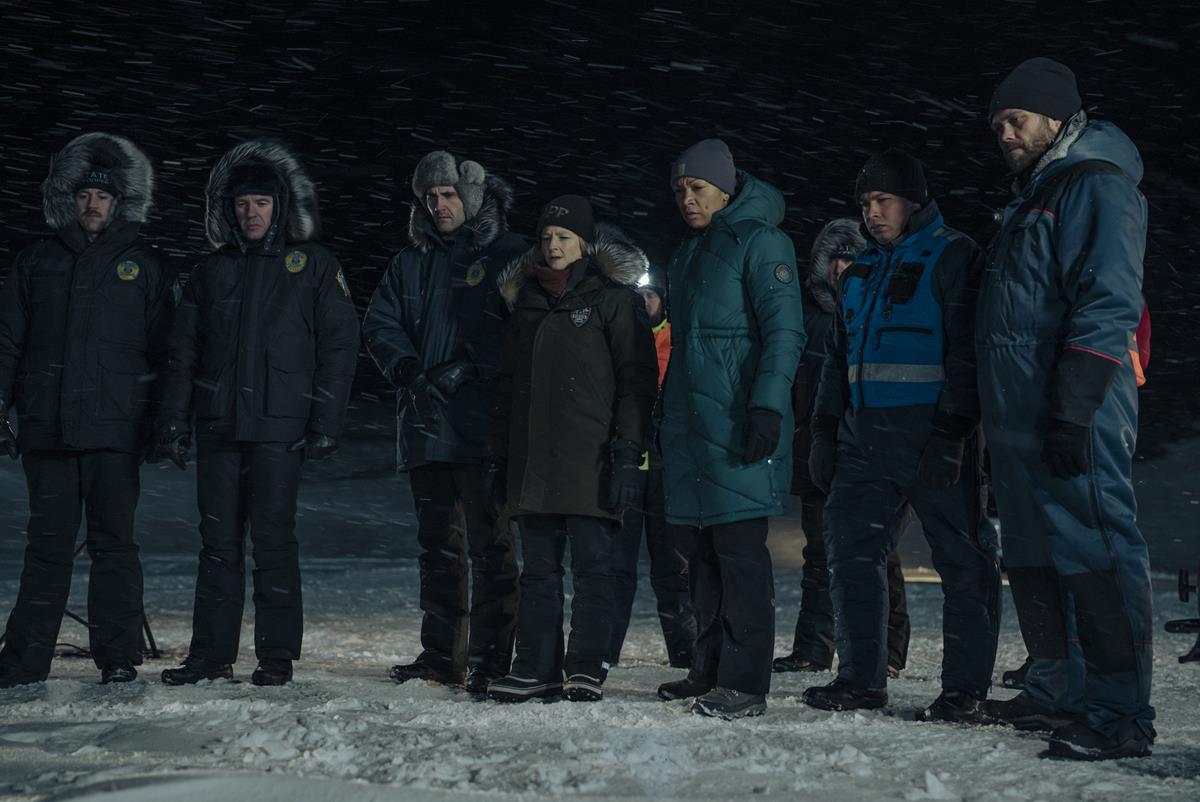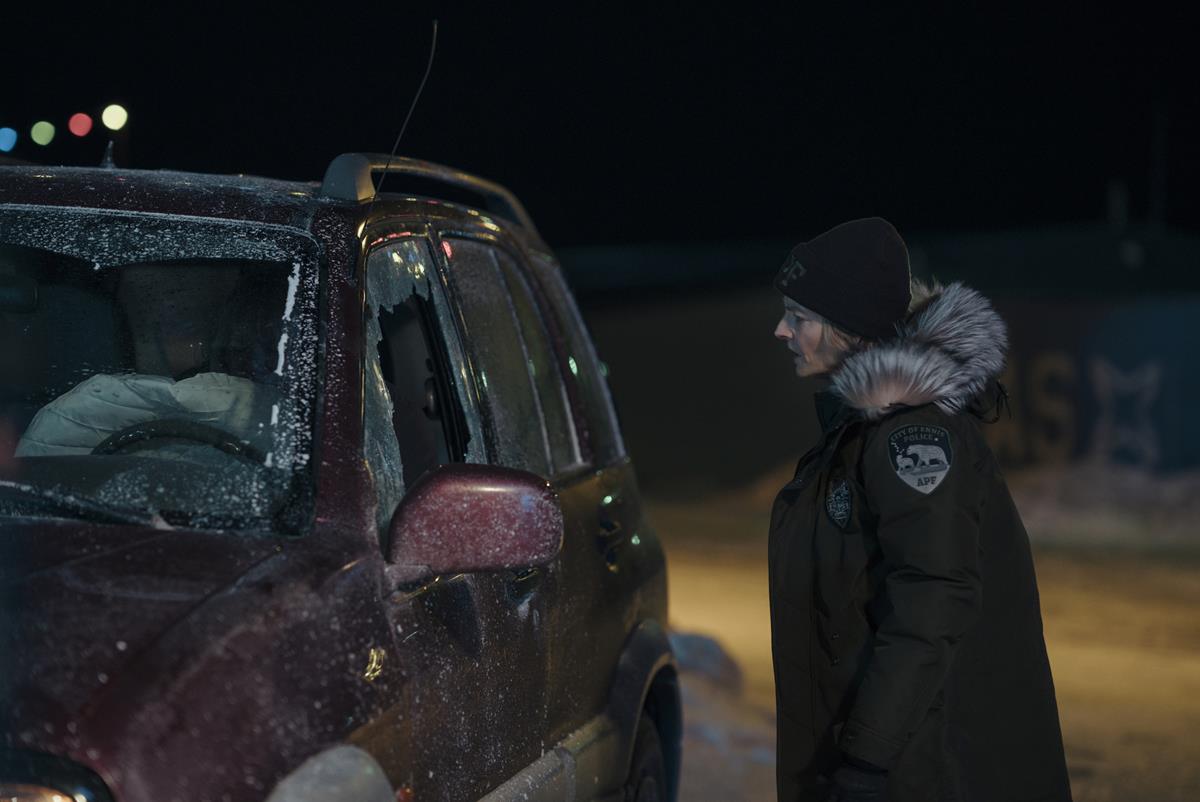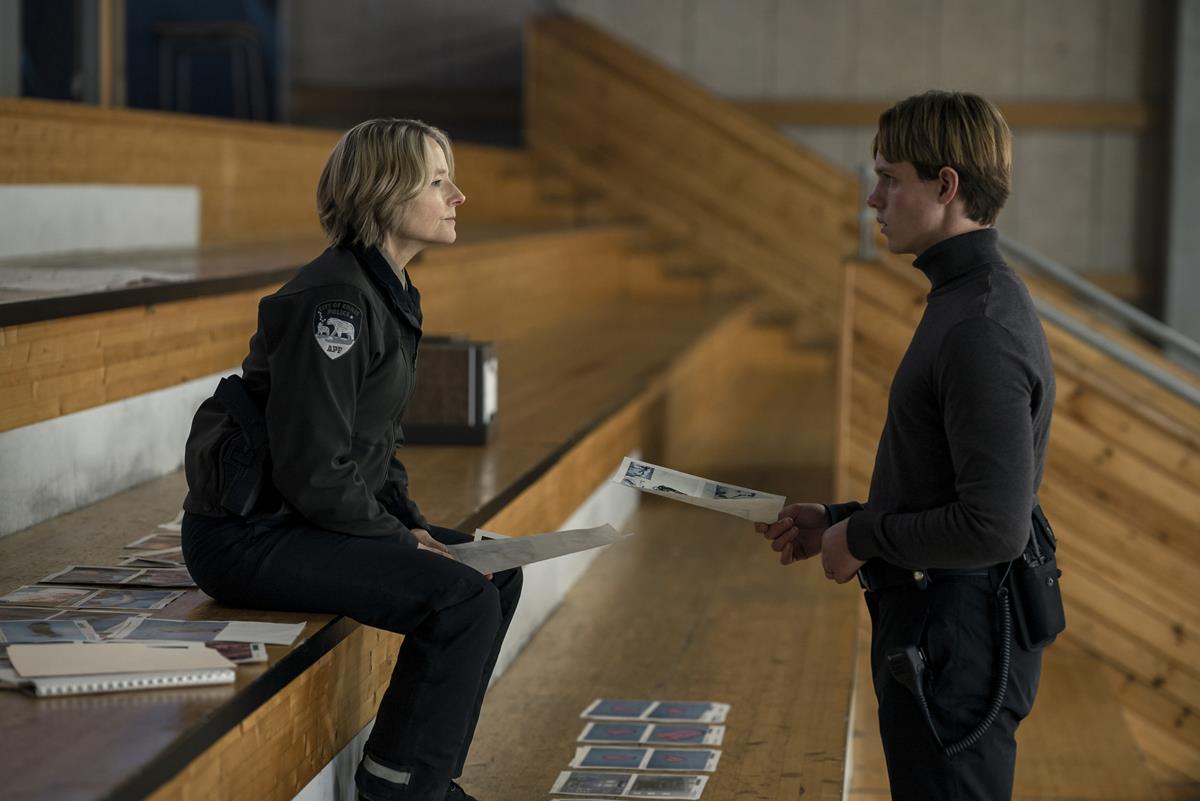
TL;DR
- Showrunner, writer and director Issa López discusses the influence of Fincher’s “Seven” film on the new season of anthology series “True Detective.”
- The new series has an undercurrent of the supernatural but it also layers in the politics of environmental change, of marginalized communities and, most clearly, male violence on women.
- Shooting in the extended daylight and extended dark days of the frozen north required a new approach to lighting the show for DP Florian Hoffmeister.
Mexican horror filmmaker Issa López may not have been an obvious pick to spearhead Season 4 of True Detective, the latest in HBO’s anthology series, but it’s actually a perfect pairing.
López, who created, wrote and directed all six episodes of True Detective: Night Country, is best known for her 2017 crime film, Tigers Are Not Afraid, which earned rave reviews from critics and gained a cult following after its relatively small opening in the US.
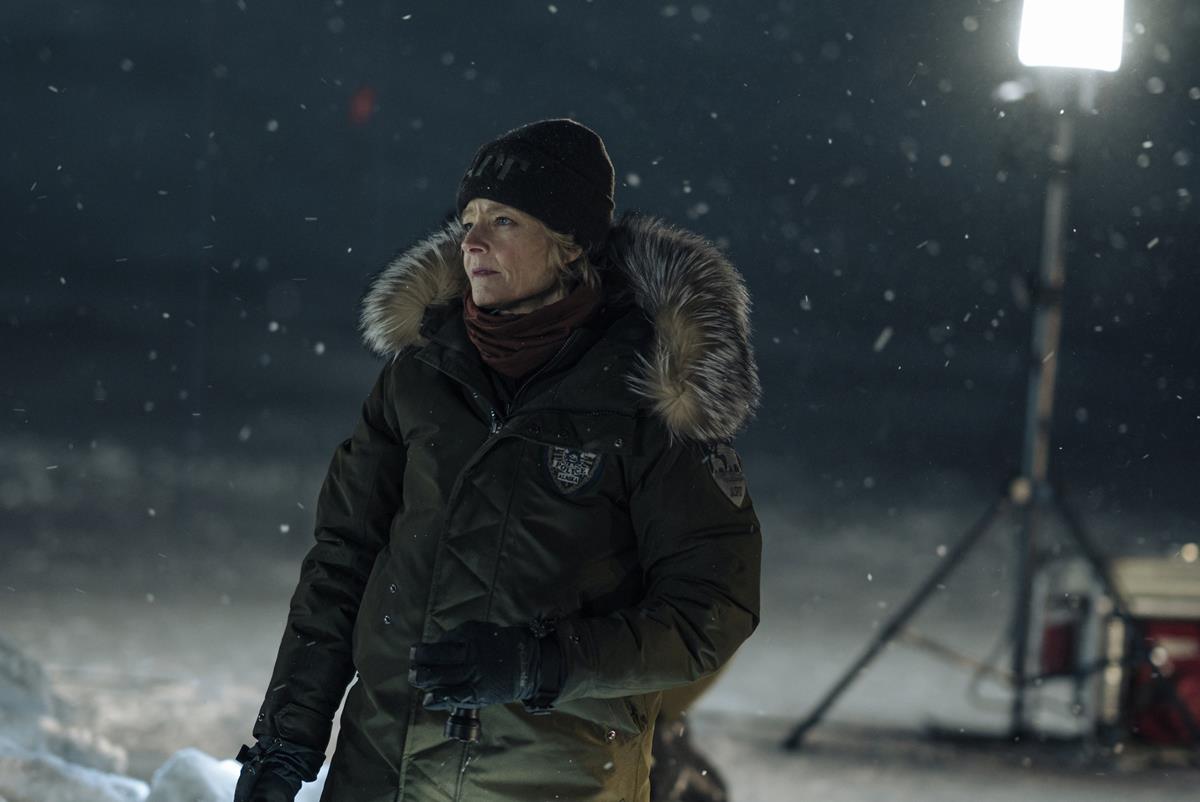
“If I can bring back the feeling of two characters that are carving entire worlds of secrets within them, and trying to solve a very sinister crime in a very strange, eerie environment that is America, but it also doesn’t feel like America completely, and then I sprinkled some supernatural in it — I think we’re going to capture the essence of True Detective,” López told TheWrap’s Loree Seitz.
READ MORE: How ‘True Detective: Night Country’ Showrunner Channeled the Show’s Essence Into a Female, Indigenous-Centric Mystery (TheWrap)
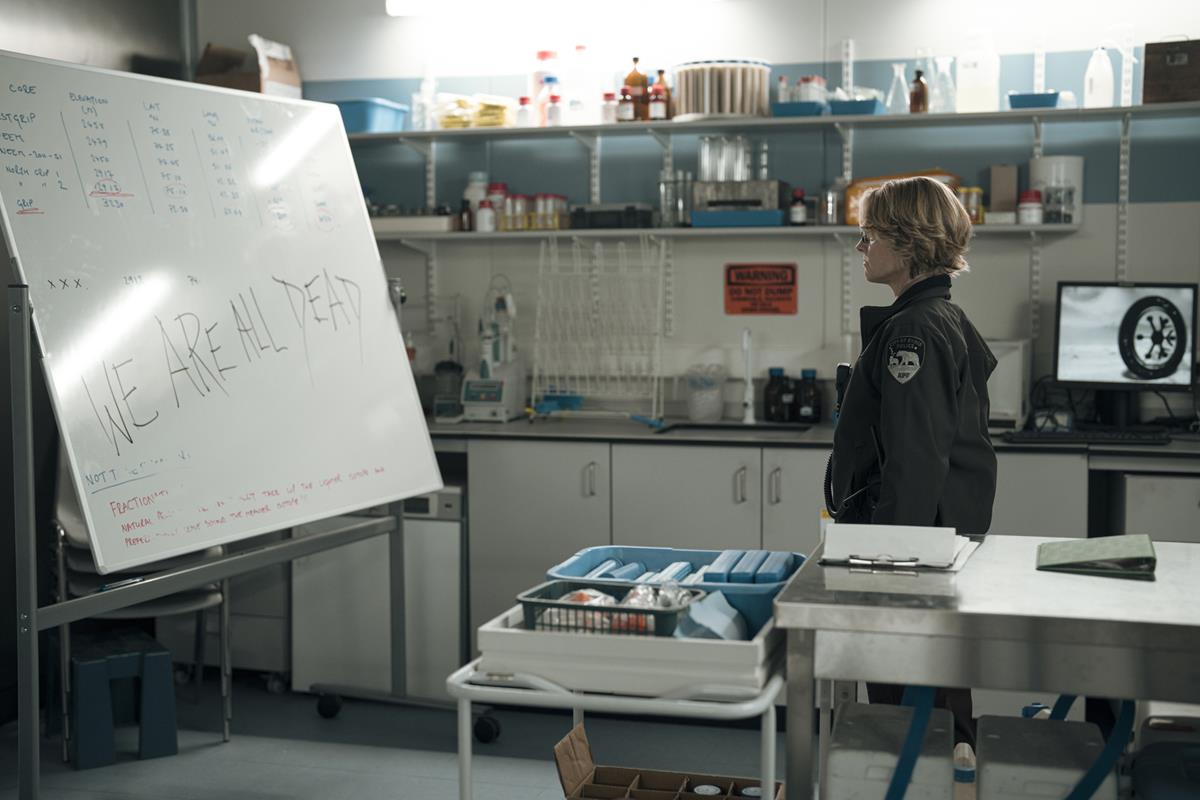
Season 4 of True Detective introduces the franchise’s first female detective duo in detectives Liz Danvers (Jodie Foster) and Evangeline Navarro (Kali Reis), former partners who reunite to investigate the disappearance of six men working at the Tsalal Arctic Research Station in small town Ennis, Alaska.
During lockdown Lopez had been developing her own murder mystery scripts when HBO came calling. “I believe they saw Tigers Are Not Afraid, which is very gritty and ultra-real and violent, but at the same time has elements of the supernatural and [is] very atmospheric,” she told Matt Grobar at Deadline. “So I think that [they saw] something in that movie, they were like, ‘Oh, this could be an interesting point of view for True Detective.’”

On developing her idea for the format created by Nic Pizzolatto she revealed that David Fincher’s Seven was a big influence. Like True Detective it has two different odd-couple characters who come together to solve a mystery.

“I’m sure that was one of the references that informed Pizzolatto’s writing, at least unconsciously, so I was thinking of Seven. It was two detectives, a forgotten corner of America with its own system of culture and rituals, and it just clicked massively with True Detective. It didn’t take a lot of effort.”
The new series shares with the first season an undercurrent of the supernatural but it also layers in the politics of environmental change, of marginalized communities and, most clearly, male violence on women.
“The environmental theme came when I started to understand the inner workings of northwest Alaska and the industries and the conflicts in the area,” she said to Grobar.
“You just start to create this town, and the forces that pull energy inside it. Mining is a huge deal in that area of Alaska, and there’s constant conflict around the benefits of a burgeoning energy industry, but at the same time, the damage that it creates in an environment where people need the environment to survive. So, it’s just rich grounds to create the story.”
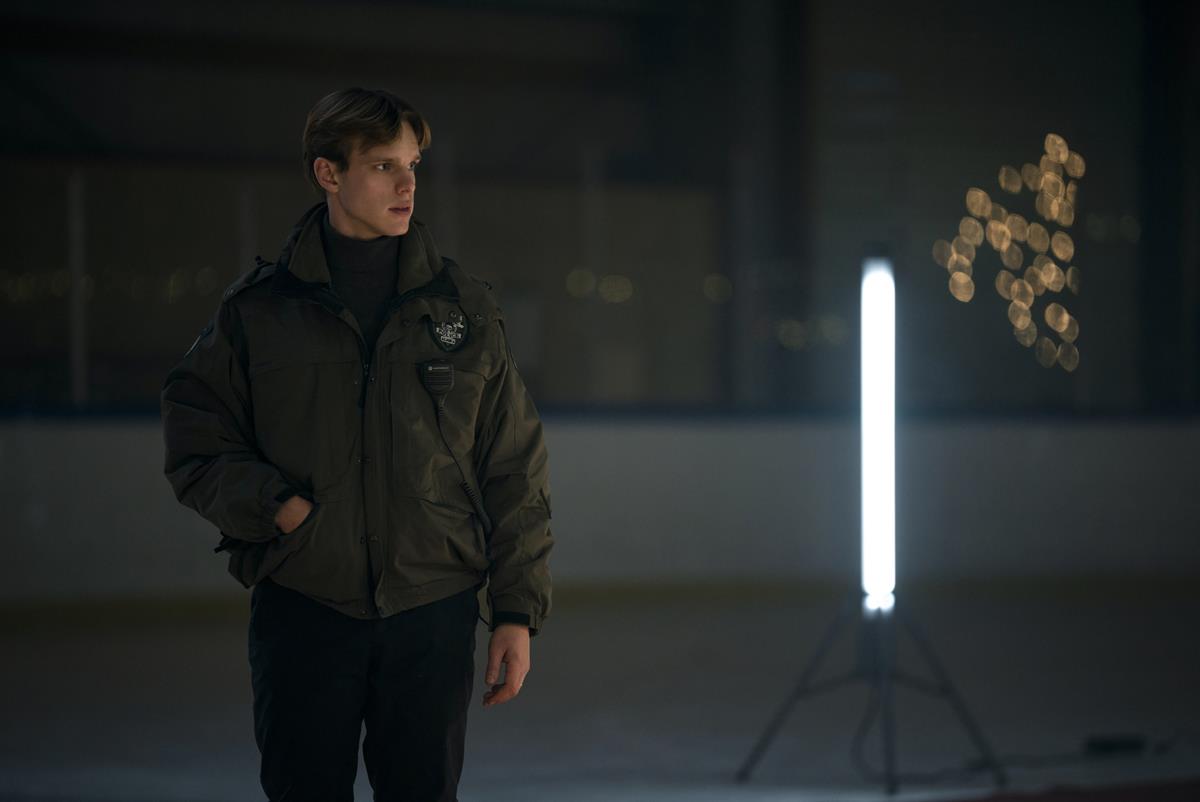
After focusing on women that had been taken and killed in two of the four films López had previously directed, spotlighting the story of a missing Iñupiaq women felt like the “natural continuation” of her interests.
“It doesn’t matter if it’s Mexico, the US or Canada … this violence doesn’t care for borders,” López said.
When it came to casting, López knew she wanted at least one of the characters of the two main characters to come from a native community, and was impressed by Reis, a professional boxer who broke into acting with 2021 film Catch the Fair One. Reis is of Cherokee, Nipmuc and Seaconke Wampanoag ancestry.

“I knew that one of the characters had to be indigenous because I don’t believe in bringing agents of justice to fix the situation in the native community. I simply don’t believe in that,” López said. “It was a challenge because there were not indigenous stars in the tradition of ‘True Detective,’ but that needs to change,” she said.
“Now we have a Lily Gladstone [Killers of the Flower Moon] and now we have a Kali Reis,” López said. “This is the year that changes.”
READ MORE: ‘True Detective: Night Country’ Showrunner Issa López Experienced Best & Worst Of Working With HBO Amid Iceland Shoot In “Eternal Darkness” (Deadline)

López worked closely with Germany-based DP Florian Hoffmeister (Tár, Pachinko, Great Expectations) on each episode. Hoffmeister told Mia Funk and Halia Reingold at the Creative Process podcast why the story’s wider scope appealed to him.
“It’s about the transient nature of life up in the polar North,” he said, “Permanent settlement is only possible since the Industrial Revolution, because normally the indigenous cultures were living and communicating with the land in a whole different way.”
He describes his experience of filming in a region (Iceland stood in for Alaska) where for months on end daylight is restricted to just a few hours a day.
“Further north you get no sunlight at all. And it was an interesting creative decision to embrace how lighting has a whole different utility and necessity than just regular light. if I come home at nights here in Berlin, I might switch on a few lights but if you live in darkness, your relationship with lighting changes. If you live in darkness, you tend to over light.”

The locations in True Detective: Night Country included an ice rink and a police station, which he lit as if every light were on, “because you’re literally craving light, and you don’t want your workspace during the day to be moody and dark.”
Since the murder mystery genre tends to have moody lighting, this presented an interesting conundrum. “If you go to the supermarket, and it’s minus-20, you will keep your car running while you’re inside. Because if you switch the car off the engine might freeze,” he explained.
“So there’s a whole different way to deal with what we take very commonly as the achievements of our industrialized living environment. I wanted that to be reflected in the lighting. So [scenes] in the police station and ice rink are really bright, basically switched everything on.”
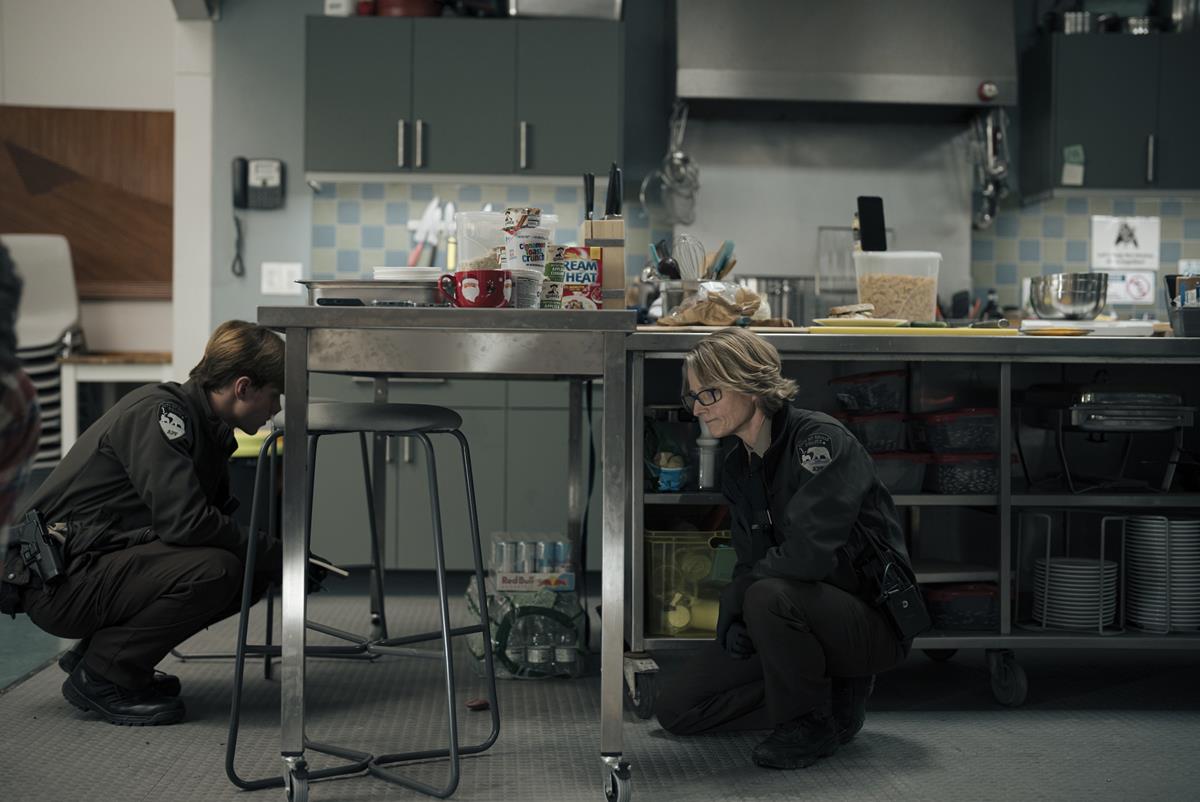
They started prepping the series in summer in Iceland, during which time it barely got dark because of the region’s “endless summer” but finished shooting in almost perma-darkness in the winter months.
“If you light at night in a snowfield, the first thing to burn and [overexpose] will be the snow. So the whole lighting chain outside had to be tackled differently,” he said. “I think there’s some really exciting footage where we shot right on the blink (of darkness) where we can still see and you get the scale of the landscape, but it’s almost disappearing into blackness.”

Hoffmeister also suggests that one of the themes of the show is this feeling of a disconnection. “It feels like it’s the end of the world because I think you have this disconnection between us and the environment.
“And the biggest contrast with the indigenous people that used to live there is that obviously they had to live connected with their surroundings, but we don’t. Not only are we disconnected from our environment, but we also disconnected from each other.”
READ MORE: FLORIAN HOFFMEISTER – Cinematographer – True Detective: Night Country starring Jodie Foster & Kali Reis (Creative Process)
This season of True Detective was primarily shot using an ARRI Alexa 35 with Panavision Ultra and Super Speeds, Hoffmeister told IBC365.
They also chose to shoot some scenes using a stereo rig — pairing two Alexa Mini LFs using Sigma glass, one sans infrared filter to capture the landscape. In post, they blended both feeds to create more of a sense of depth for some outdoor scenes.
“ARRI has introduced a new feature called Textures allowing you to can burn in parts of the look. So we built a LUT, and we took part of the LUT and built a texture, which was then burnt into the image,” Hoffmeister explains. (We refers to his collaboration with ARRI head colorist Florian ‟Utsi” Martin.) ‟I feel this is the closest in terms of workflow you can come digitally to photochemical image manipulation.”
READ MORE: Behind the Scenes: True Detective: Night Country (IBC365)
In another interview, this time with Filmmaker’s Matt Mulcahey, Hoffmeister recalls telling Arri’s Martin that he hoped to achieve ‟really strong blacks and highlights that [popped] but maintained texture so that the highlights, when you switched on the lights, would almost feel like an electric guitar [wailing] in rock music. I really wanted them to pop.
“That created quite a steep contrast and I thought in the mids it would have made my life very, very difficult, because obviously the mids are where our faces lie. So, you want to be a bit gentler there. I didn’t want to force myself to constantly work with fill light to ease something that I’ve introduced to the picture.
“So, Florian built us a Texture that would influence exactly that middle part and would be slightly softer in the mids and also create a little bit of a noise that we would associate with grain. And, yeah, we burned it in.”
READ MORE: 112 Days in Iceland: DP Florian Hoffmeister on True Detective: Night Country (Filmmaker)
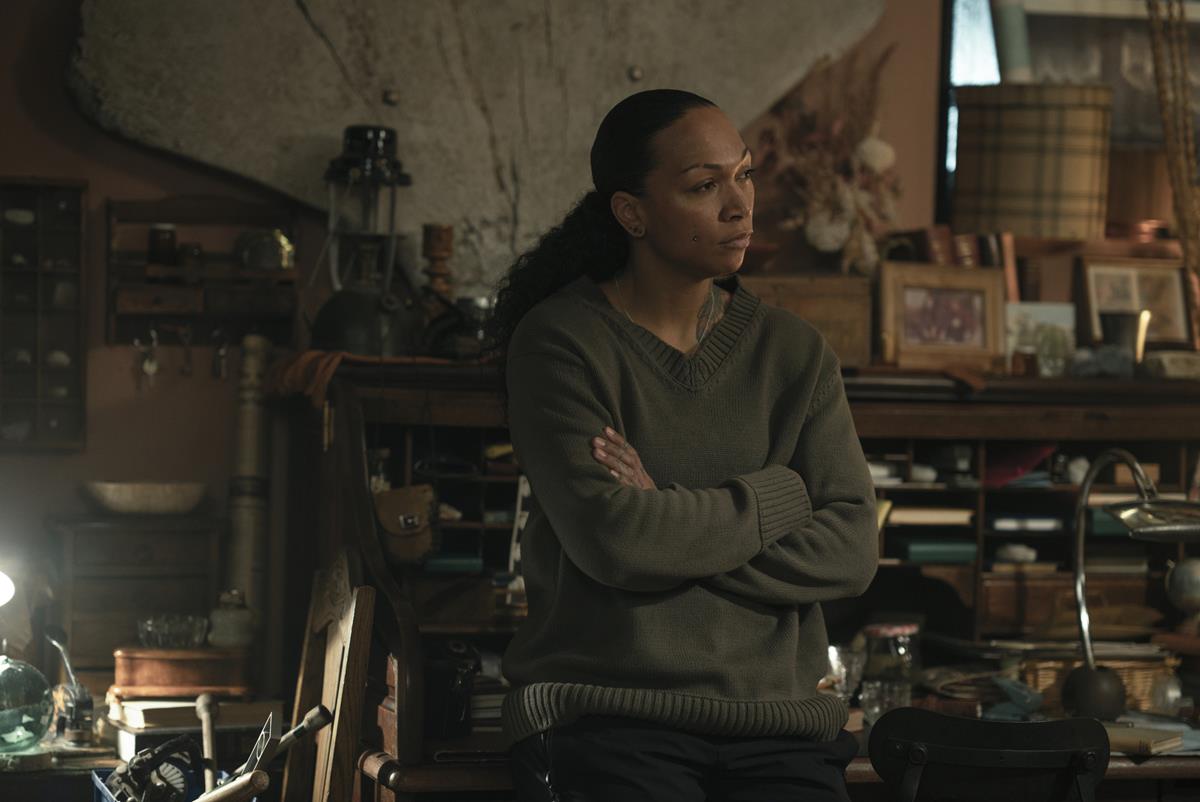
Critical Response
Critics have generally hailed the new season as a return to form for the anthology series. “The plot is unforgettable, even if the ultimate, gob-smacking denouement may test your credulity,” Carol Midgley reflected at The Times.
READ MORE: True Detective: Night Country review — a freezing, horrific return to form (The Times)
“Confidently helmed, stunningly shot and richly performed, it is spellbinding, bone-chilling and does just about the last thing you’d expect from True Detective four series in: it makes you want more,” wrote Rachel Sigee at Inews.
READ MORE: True Detective: Night Country review: Jodie Foster makes the crime anthology watchable again (Inews)
“Night Country is a brilliant inversion of the men-heavy, heat-oppressed, narratively bloated series that have gone before,” The Guardian’s Lucy Mangan found.
READ MORE: True Detective: Night Country review – a blazing Jodie Foster makes this show better than ever before (The Guardian)
